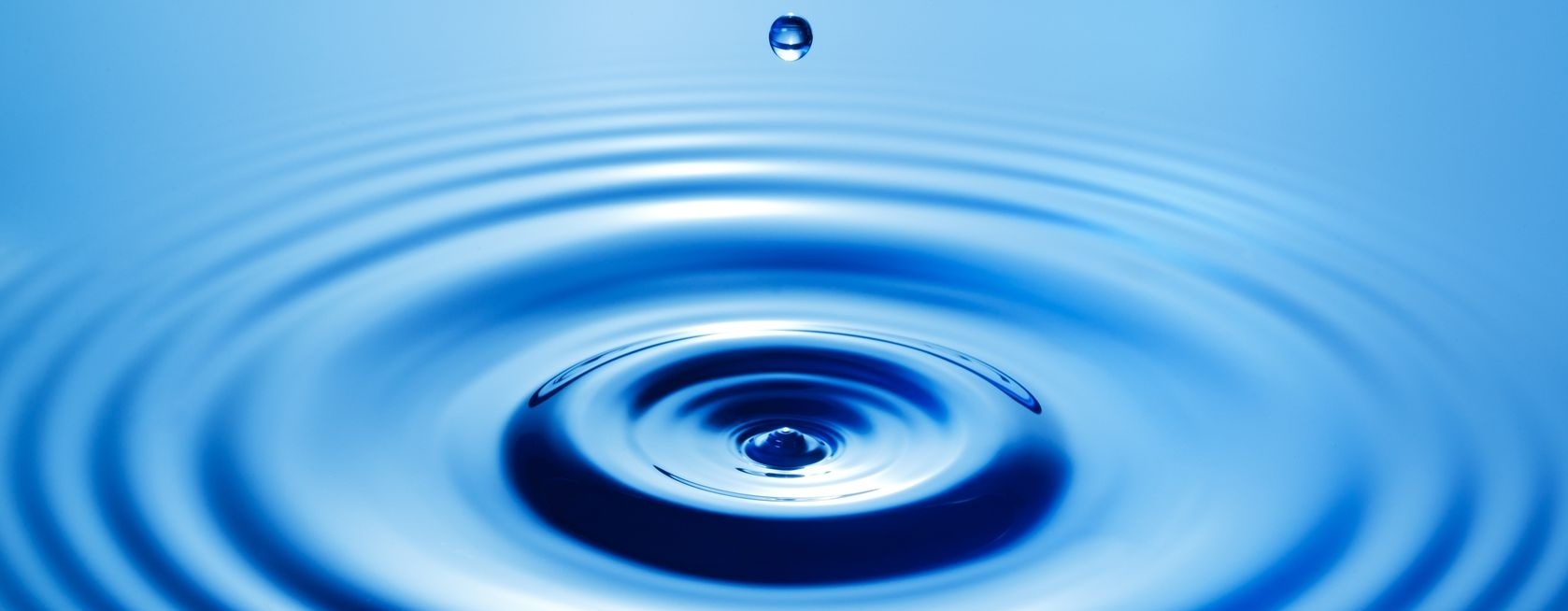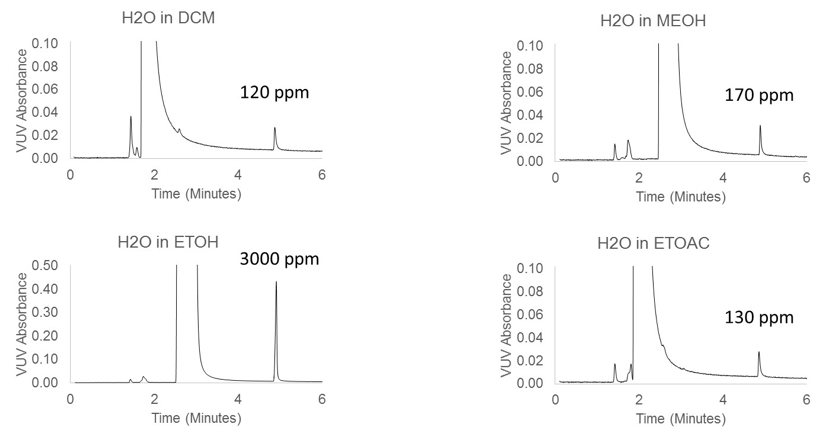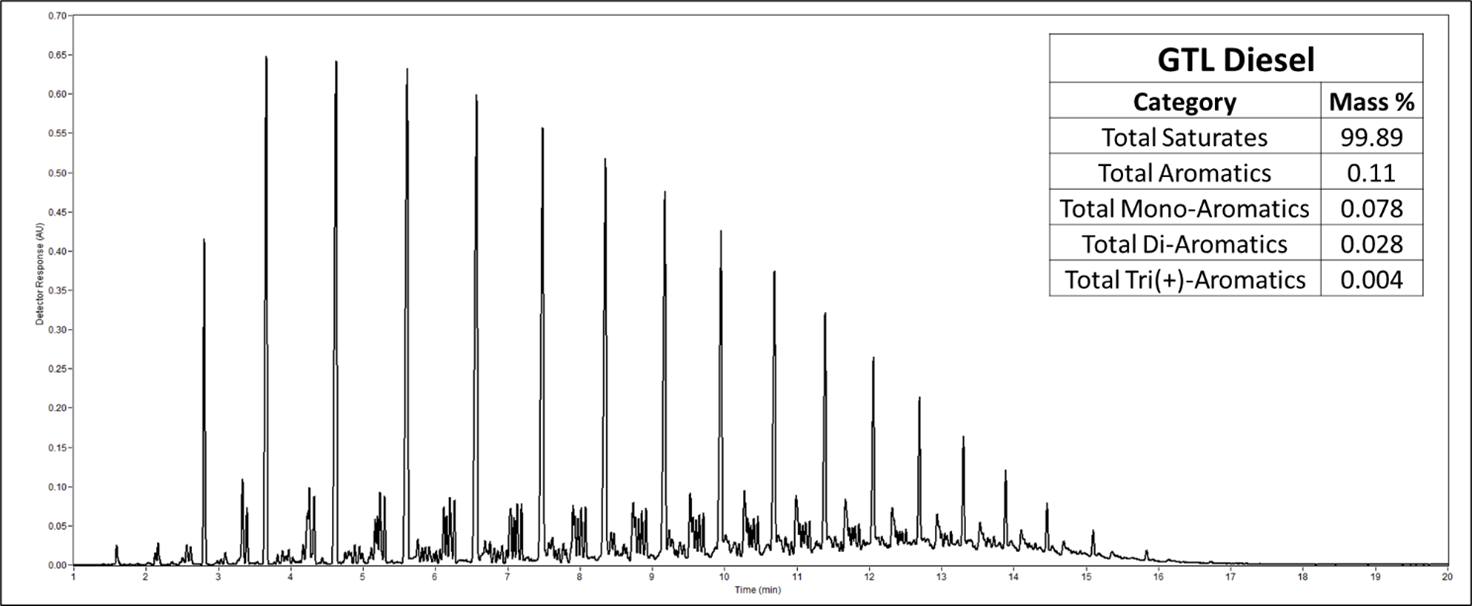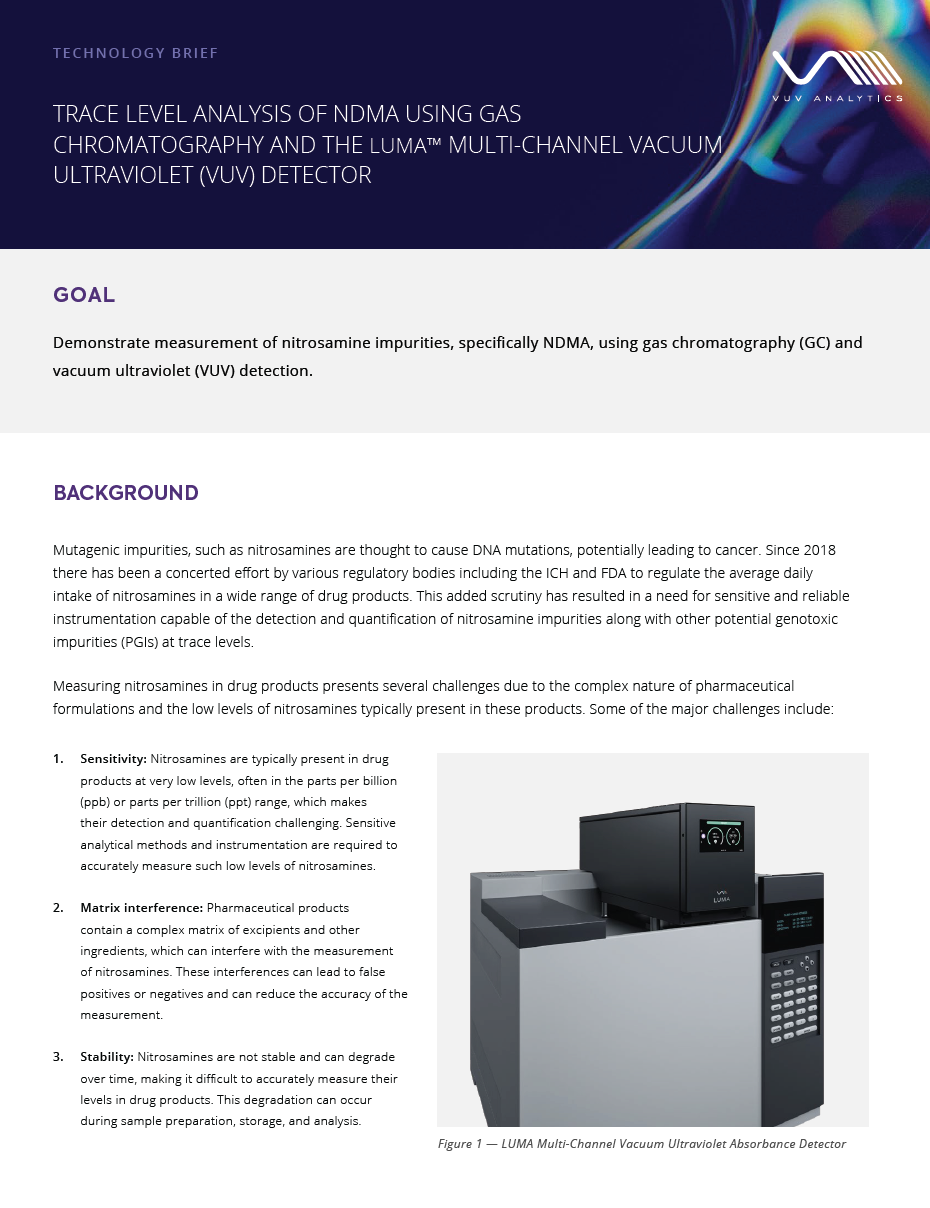Published Paul Johnson, VUV Analytics on April 28, 2016


VUV Analytics / Supelco Seminar Tour: Exploring Water Analysis GC Applications with Watercol Columns & GC-VUV
A productive three date, three city tour took place April 19th – 21st making stops in Greenbelt, MD, Wilmington, DE, and Edison, NJ. Lindsey Shear, MS, Application Scientist at VUV Analytics, presented the theory and applications of Vacuum-Ultraviolet (VUV) Detector Technology for Gas Chromatography. A key topic covered during her talk was how GC-VUV analysis offers a more accurate and precise water quantitation alternative to Karl Fisher and Thermal Conductivity Detection (TCD) analysis. Len Sidisky, Ph.D., R&D Manager at Supelco, presented information about Supelco’s new line of gas chromatography columns including the Watercol 1460, 1900, and 1910.
Each seminar location had strong representation from the food and chemical industries, as well as academic and government research. It was clear that the VGA 100 data captivated the attention and curiosity of the audience. A number of questions were asked regarding its capabilities and compatibility, and we would welcome any additional questions you may have.
The top five most commonly asked questions during the seminars were:
1. How many compounds are in your library?
There are approximately 1200 compounds in the VGA 100 library, with more being added every day. It is easy for users to add new compounds to their library that can be saved for future analysis.
2. Why did you choose 120 – 240 nm as the data collection wavelength range?
The spectrum data is collected utilizing a diffraction grating, and the VGA 100 is optimized between 120 – 240 nm where most all gas phase molecules have strong absorption responses.
3. Does the instrument have molecular weight limitations for samples it can analyze?
Molecular weight restrictions are limited to compounds that are amenable to GC analysis. Most samples that can be separated and detected using gas chromatography can be analyzed by GC-VUV.
4. How does your detector deal with signal saturation, and what is the linear absorbance range?
The detector absorbance signal can be fit wavelength by wavelength to automatically exclude any saturated signal, thus extending the linear range of 3.5 AU.
5. Are the VGA 100 hardware and software compatible with any GC system?
The VGA 100 VUV detector can be connected to almost any standard gas chromatography system through a heated transfer line. The VGA 100 communicates with the GC through the start/stop trigger and runs on its own software platform.
A Powerful 1-2 Analytical Punch for Water Determination
Combining the separation power of the new Supelco Watercol gas chromatography columns with the detection capabilities of the VUV Analytics VGA 100 creates new possibilities in water determination. Solvent mixture compounds can also be simultaneously identified and quantitated.
Here is a brief summary of the data presented during the seminars:
The determination of water content is a required measurement in many sectors of chemical industry, and is inherently difficult to measure due to its ubiquitous presence. Traditionally the water content of materials including organic solvents has been determined using Karl Fischer Titration or GC-TCD. However, both of these techniques are limited in sensitivity, reproducibility, or ease of use. GC-VUV offers a powerful, yet simple alternative for the determination of water in organic solvents while also allowing for unique spectral identification of other chemical components in the sample. The key benefits of this new methodology include low detection limits (1 – 10 ppm in most solvents), excellent precision (< 5% RSD), and independence from toxic and expensive reagents.
The data below demonstrates the ability of the VGA 100 to detect low levels of water in a solvent mixture separated by the Supelco Watercol 1900 gas chromatography column:

Lindsey showed similarly impressive water quantitation data, as well as validation of the linearity, accuracy, and precision of the measurements. These studies mark the beginning of what is now possible in determining water content.
Log in to the VUV Analytics Knowledge Base to learn more about the VGA-100 and VUV spectroscopy.









Leave a Reply